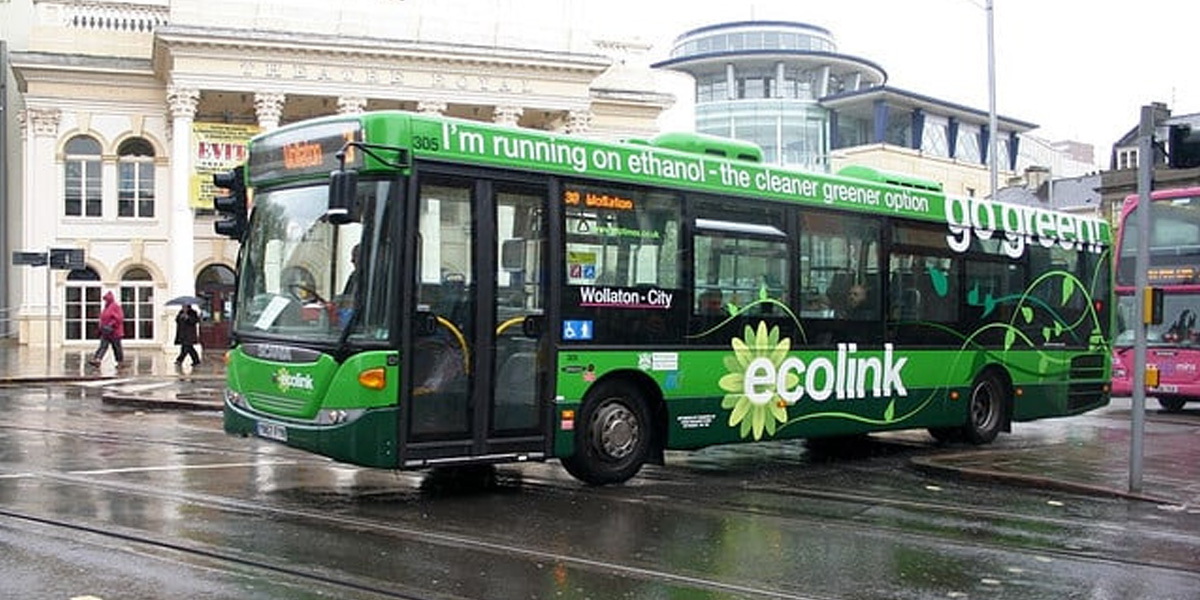Why ethanol is not a suitable fuel for automobiles

The Indian government is accelerating its programme of blending ethanol with petrol for two reasons Our petroleum import bill is continuously increasing we import more than 85 per cent of all our requirements and two, we have surplus of sugar in India, which has no takers in the export market
The Indian government is accelerating its programme of blending ethanol with petrol for two reasons: Our petroleum import bill is continuously increasing (we import more than 85 per cent of all our requirements) and two, we have surplus of sugar in India, which has no takers in the export market.
The government is also encouraging the use of other sources of sugar from which ethanol could be produced, for instance, sweet sorghum (SS). Sweet sorghum is a multipurpose crop. It produces grain from its earhead for human consumption; sweet juice from its stem can either produce syrup or could be fermented to produce ethanol; and the bagasse and leaves make good fodder for animals. Thus from the same piece of land it can simultaneously produce food, fuel and fodder.
Sweet sorghum is a dryland crop and uses 40 per cent less water than sugarcane to produce sugar. Besides it is a three-four month crop and can be harvested twice a year.
We can say that the use of ethanol for running automobiles is a total waste of high quality fuel. The automobile is an extremely inefficient mobility device. Its efficiency is a mere one-two per cent; the total amount of energy used in transporting a passenger a certain distance at a certain speed divided by the energy input of petrol is less than two per cent. And yet we persist in using a high-quality chemical like ethanol and other biomass-based fuels like biodiesel for this purpose.
A much better alternative to use of biofuels for automobiles is to develop electric mobility. Electric vehicles are three times more efficient than internal combustion (IC) systems. This is because of the very high efficiency of DC motors (80-90 per cent) as compared to 25-30 per cent efficiency of IC engines.
Since biofuels are biomass and land-based, it is instructive to compare their solar efficiency to electricity generation by PV (photovoltaic) systems. The electric vehicles in this comparison are more than 100 times more efficient than biofuels-based IC engines. This is because of average photosynthesis efficiency of crops of about 0.1 per cent as compared to 10 per cent solar efficiency of PV modules. These efficiencies also take into account the charging and discharging of batteries for electric vehicles. Currently, around 35 per cent of the energy is lost during the charging/discharging cycle.
With ultra-capacitors being rapidly developed and their use in place of batteries, the whole system will become even more efficient and economical. Ultra-capacitors are basically charge-storage systems and, coupled with smart electronics, release the charge to the electric motor like a battery does. Since no electrolytes are used in them they can go through millions of charging/discharging cycles. Batteries on the other hand fail after 5,000-10,000 cycles. Also the ultra-capacitor systems can be charged in a matter of minutes while batteries take almost overnight to charge.
The world over countries are turning away from biofuels, since it competes with food production and is neither sustainable nor economical. I feel land should be used either for producing food for humans or fodder for animals. The residues and other farm waste should be added back to the soil, either with or without composting, to improve its quality. Good land and precious water should not be wasted for producing biofuel for automobiles.
Similarly, a better usage of sweet sorghum is in the production of syrup rather than ethanol. Sweet sorghum syrup is very high in antioxidants and is being used by nutraceutical industries in their formulations. This fetches good prices for the syrup which can translate into increased remunerations for the farmers.
Whenever petroleum prices start climbing, a plethora of articles appear in the Indian press regarding how ethanol from sugary biomass like sugarcane, sugar beet or sweet sorghum can be a solution to the fuel price crisis. But nobody gives a thought to the fact that for the last at least 40-50 years this solution has been tried again and again all over the world without any success.
Even in India, many distillery units failed in their attempts at producing ethanol economically from sweet sorghum; one being a distillery in Telangana and other a plant in Nanded, Maharashtra. One of the main reasons for the failure is that a majority of the crop was diverted as fodder as generally there is a perpetual shortage of good quality fodder and the factories could not offer a competitive price to the farmers. Secondly, the availability of good quality seeds is a bottleneck as none of the seed companies have entered into large-scale seed production of any of the dozen or so released sweet sorghum varieties and hybrids in India.
The only success story of ethanol use in the world is that of Brazil, which has been producing ethanol from sugarcane since the 1970s. The ethanol produced is used in flex-fuel cars which can run on any concentration of ethanol. The programme is not without hiccups. As the price of fossil fuels fluctuates, the ethanol programme also goes through cycles of ups and downs.
However, we believe the sugar industry can become the hub of a chemical revolution. Though the consumption of sugar is reducing all over the world, both sugar and ethanol can be excellent feedstock for the chemical industry. Besides, the bagasse can produce electricity. So taluka-based industrial plants for producing electricity and chemical feedstock from sugarcane can be a viable and sustainable enterprise in rural areas.
- Anil K Rajvanshi & Nandini Nimbkar
(Anil K. Rajvanshi and Nandini Nimbkar are with the Nimbkar Agricultural Research Institute in Phaltan, Maharashtra. The views expressed are personal. They can be reached at [email protected])


















